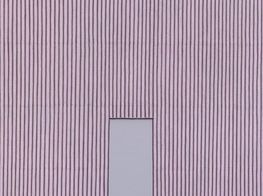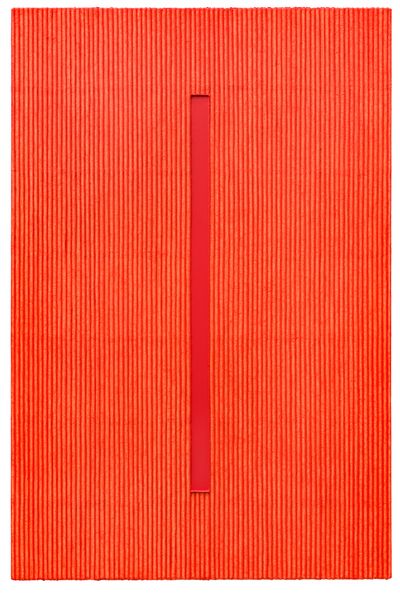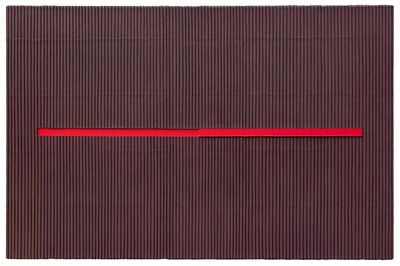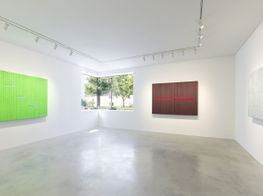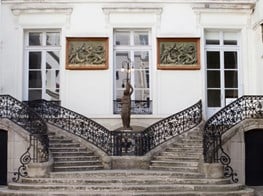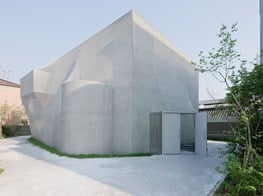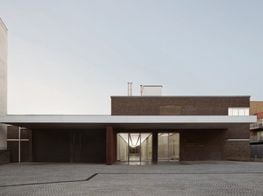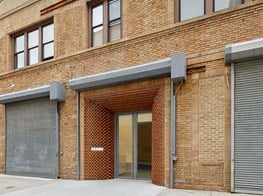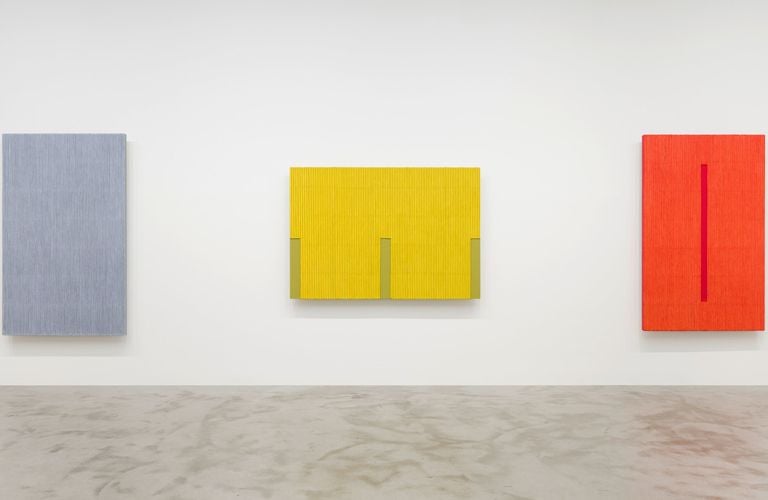
Park Seo-Bo’s ‘Ecritures’
Are Evolving with the Times
Since the 1960s, Park Seo-Bo's meditative approach to painting has led him to be considered one of the most important artists in South Korea.
Known as the father of Dansaekhwa, meaning 'monochrome painting', Park Seo-Bo is best known for his 'Ecriture' series, which have transitioned from neutral hues to tactile and colourful canvases over the years. Kukje Gallery in Seoul captures these latest developments with an exhibition of works created between 2006 and 2017 (15 September–31 October 2021).
After studying painting at Hongik University during the Korean War, Park struggled with the purposelessness he found in art, as well as the goal of creating perceptible images.
He found that by repeatedly drawing lines onto canvas, painting over those lines and redrawing them, he could enter a meditative state—sought after in Buddhist and Taoist philosophy—that allowed him to 'control his extreme energies.'
In his earlier 'Ecriture' works, he used a pencil to repeatedly incise lines into still-wet painted canvases, akin to the act of writing. These distinctive works showcase the movement of his hand, giving deeper insight into the artist's attempt to clear his mind and connect to the process of painting.
In the 1990s, he used other tools, such as sticks and rulers, to create grooved textures and subtle variations, as well as more vibrant colours inspired by a visit to Fukushima in 2000.
He also began incorporating hanji, a form of traditional Korean paper made of the bark of the mulberry tree. By introducing this new material to his work, Park has allowed his series to transform and grow while remaining grounded in his 'quest for emptiness through reduction.'
In 2017, Park Seo-Bo's Ecriture No. 45-75 (1975) sold for $1,212,500 USD at Sotheby's Contemporary Art Evening Auction in New York, with a starting estimate of $800,000 USD. That same year, Ecriture No. 10-79-83 (1979) made it to the top ten sales at Christie's Hong Kong, selling for $1,323,075 USD.
The record sale for Park reflects an increased value in works by several South Korean post-war artists that emerged in the 1950s including Park, Kim Whanki, Lee Ufan, and others.
As more museums have included these works in their collections, the demand for Dansaekhwa has soared. Auction houses have tracked this growing interest in collectors by increasing their offerings by Korean monochrome painters.
Since 2008, the value of Park's work has quadrupled. His work has been exhibited internationally, and is included in the collections of major art institutions, such as the Solomon R. Guggenheim Museum, New York; The National Museum of Contemporary Art, Seoul; the Hirshhorn Museum and Sculpture Garden, Washington D.C., among others.
'First, in order to become the greatest artist of a certain period, one must possess the insight to comprehend the zeitgeist—the ability to penetrate all subtleties of one's time and intuitively move forward in the right direction,' Park told Ocula Magazine.
Park has done just that with his 'Ecriture' paintings over the years, capturing a sense of serenity in their steady repetition, yet imbued with a dynamic rhythmic motion traced visibly across the canvases. —[O]
Main image: Exhibition view: Park Seo-Bo, Kukje Gallery K1, Seoul (15 September–31 October 2021). Courtesy Kukje Gallery.
Selected Works by Park Seo-Bo
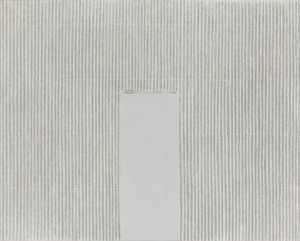
130.3 x 162.2 cm The Columns Gallery
Request Price & Availability
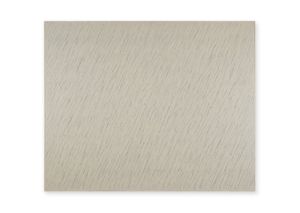
130 x 160 cm Mo J Gallery
Request Price & Availability
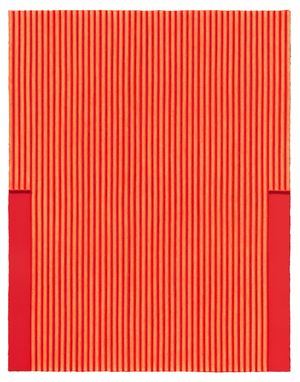
98.3 x 76.5 cm Tina Kim Gallery
Request Price & Availability
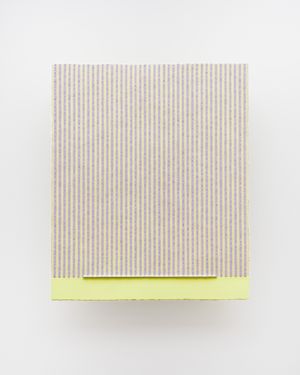
73.5 x 61 cm Tina Kim Gallery
Request Price & Availability
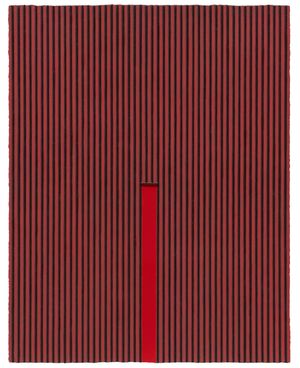
91 x 72 cm Tina Kim Gallery
Request Price & Availability
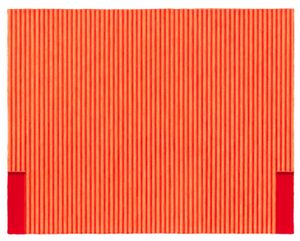
73.5 x 93.5 cm Tina Kim Gallery
Request Price & Availability
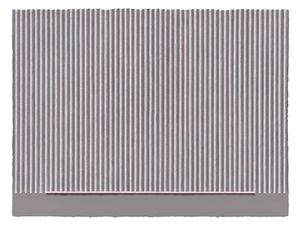
61 x 82 cm Tina Kim Gallery
Request Price & Availability

